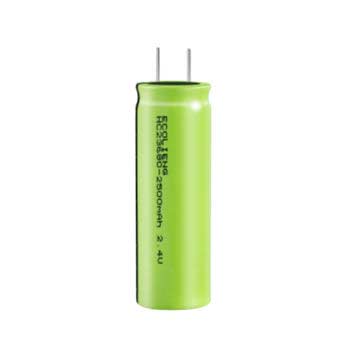
Usually, the power lithium batteries we talk about the most mainly include iron phosphate lithium-ion batteries, manganese acid lithium-ion batteries, cobalt acid lithium-ion batteries, and ternary lithium-ion batteries (ternary nickel cobalt manganese). The above types of batteries have their advantages and disadvantages, which can be roughly summarized as follows:
Lithium iron phosphate battery:
Advantages: long life, high charge and discharge rate, good safety, good high-temperature performance, harmless elements, low cost.
Disadvantages: low energy density, low tap density (bulk density).

Ternary lithium battery:
Advantages: high energy density and high tap density.
Disadvantages: poor safety, poor high-temperature resistance, poor lifespan, poor high-power discharge, and toxic elements (the temperature rises sharply after high-power charging and discharging of ternary lithium-ion batteries, and the release of oxygen after the high temperature is very easy to burn).
Lithium manganese battery:
Advantages: high tap density and low cost.
Disadvantages: poor high-temperature resistance, the temperature rises sharply after long-term use of lithium manganate, and the battery life is seriously attenuated).
Lithium cobalt oxide battery:
Usually used in 3C products, the safety is extremely poor, not suitable for power lithium batteries.
In theory, the battery we want should have a high energy density, high volume density, good safety, high temperature and low-temperature resistance, long cycle life, non-toxic and harmless, high-power charge and discharge, and integrate all the advantages into one and low cost. But there is no such battery at present, so it is necessary to choose between the advantages and disadvantages of different types of batteries.
This site is protected by wp-copyrightpro.com
![]()